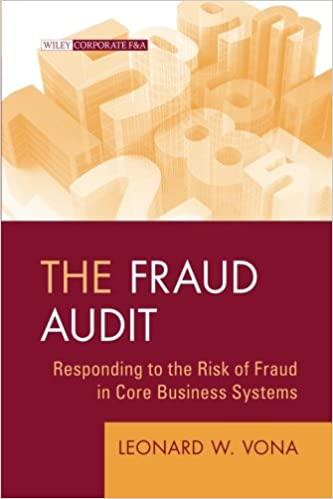Question
Balance Sheet All numbers in thousands Period Ending 1/31/2016 1/31/2015 1/31/2014 Current Assets Cash and Cash Equivalents 8,705,000 9,135,000 7,281,000 Short Term Investments - -
Balance Sheet All numbers in thousands Period Ending 1/31/2016 1/31/2015 1/31/2014 Current Assets Cash and Cash Equivalents 8,705,000 9,135,000 7,281,000 Short Term Investments - - - Net Receivables 5,624,000 6,778,000 6,677,000 Inventory 44,469,000 45,141,000 44,858,000 Other Current Assets 1,441,000 2,224,000 2,369,000 Total Current Assets 60,239,000 63,278,000 61,185,000 Long Term Investments - - - Property Plant and Equipment 116,516,000 116,655,000 117,907,000 Goodwill 16,695,000 18,102,000 19,510,000 Intangible Assets - - - Accumulated Amortization - - - Other Assets 6,131,000 5,455,000 6,149,000 Deferred Long Term Asset Charges - - - Total Assets 199,581,000 203,490,000 204,751,000 Current Liabilities Accounts Payable 58,615,000 58,583,000 57,174,000 Short/Current Long Term Debt 6,004,000 6,670,000 12,082,000 Other Current Liabilities - - 89,000 Total Current Liabilities 64,619,000 65,253,000 69,345,000 Long Term Debt 44,030,000 43,495,000 44,559,000 Other Liabilities - - - Deferred Long Term Liability Charges 7,321,000 8,805,000 8,017,000 Minority Interest 3,065,000 4,543,000 5,084,000 Negative Goodwill - - - Total Liabilities 119,035,000 122,096,000 127,005,000 Stockholders' Equity Misc. Stocks Options Warrants - - 1,491,000 Redeemable Preferred Stock - - - Preferred Stock - - - Common Stock 317,000 323,000 323,000 Retained Earnings 90,021,000 85,777,000 76,566,000 Treasury Stock - - - Capital Surplus 1,805,000 2,462,000 2,362,000 Other Stockholder Equity- 11,597,000 -7,168,000 -2,996,000 Total Stockholder Equity 80,546,000 81,394,000 76,255,000 Net Tangible Assets 63,851,000 63,292,000 56,745,000
In this section, answer the following for the trend analysis: What are the total assets, liabilities and shareholder equity for each year? How have these numbers changed over the three years and what could be some reasons why these numbers have changed the way they have? In addition, pick at least one appropriate (for this statement) ratio or financial in addition to what is provided and calculate that and explain it. See the section on ratio analysis below for ideas.
Ratio Analysis: In addition to the trend analysis above, it is customary to also analyze ratios. Some commonly used ratios are:
Beta: A measure of risk that is usually published and not calculated by you (A beta greater than 1 suggests that the company is more volatile/risky than the market)
Current ratio = Current Assets/Current Liabilities (A current ratio greater than 1 means the company has enough assets to cover all current liabilities should the need arise)
Quick ratio = (Current Assets Inventory)/Current Liabilities (When you are dealing with a company that carries a lot of inventory, a quick ratio is a better indicator than a current ratio because it acknowledges that inventory is not typically liquid).
Profit Margin = Net Income/Sales (Represents how much of each dollar in sales remains after all costs are covered)
Return on Equity = Net income/Total equity (Represents the return for all holders of equity in that company)
EBIT Return on Assets = EBIT/Total assets (Represents the pre-tax return on the total net investment in the firm from operations or alternatively, how efficiently management has used assets)
Debt-equity ratio = Total debt/Total equity (Represents the long term solvency or financial leverage in that company)
Step by Step Solution
There are 3 Steps involved in it
Step: 1

Get Instant Access to Expert-Tailored Solutions
See step-by-step solutions with expert insights and AI powered tools for academic success
Step: 2

Step: 3

Ace Your Homework with AI
Get the answers you need in no time with our AI-driven, step-by-step assistance
Get Started


